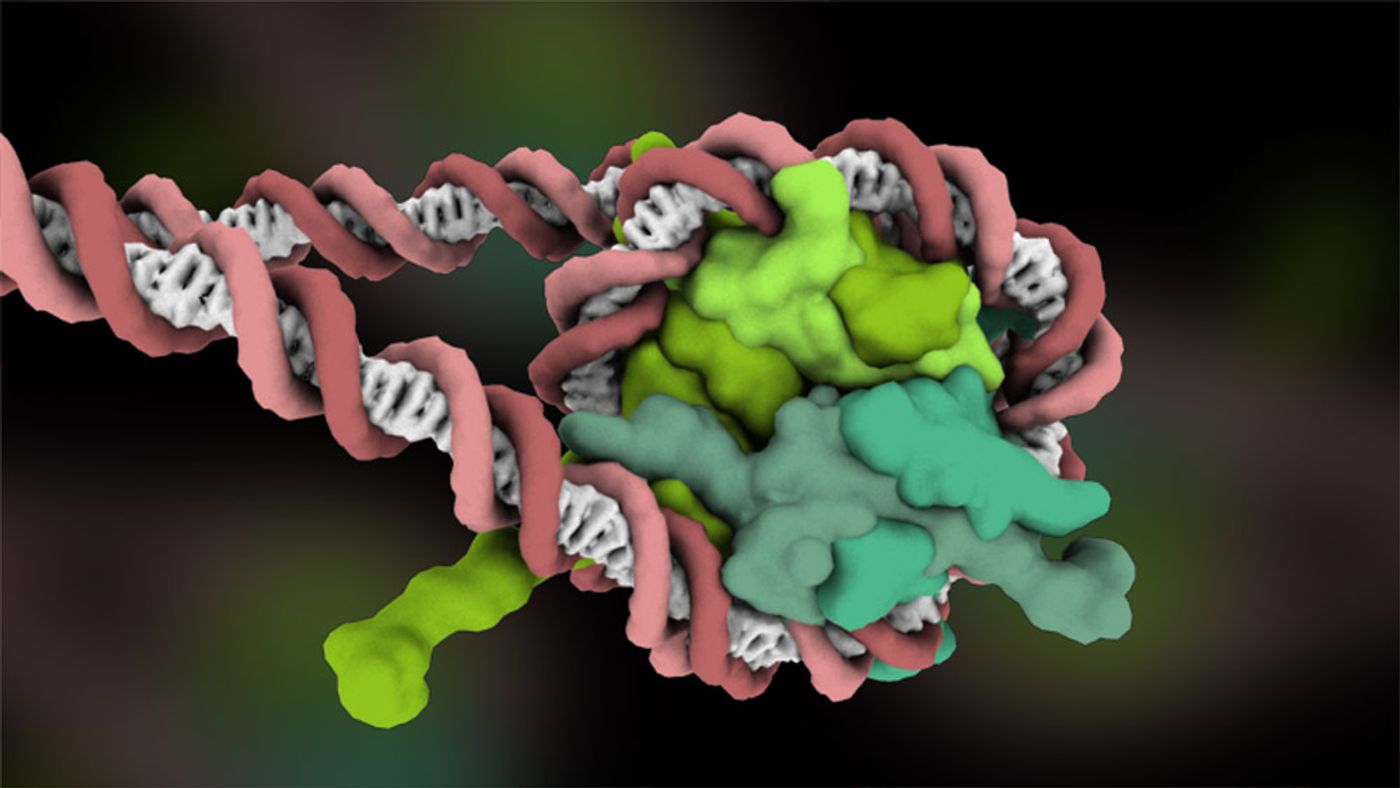Scientists from the Spanish National Cancer Research Center (CNIO) have been inspired by Twitter, a social network that gives users 140 characters to send meaningful posts to their followers. While social networks like Twitter use a measurement called “assortativity” to look at how people connect with others who share similar characteristics, CNIO researchers have adopted their own version of the measure in attempt to peel away some of the layers of mystery surrounding the organization of DNA inside the cell’s nucleus.

The common conception of DNA is in long, twisting strands, but in order to fit into the confines of the nucleus, DNA actually condenses into a strict structure called chromatin. Chromatin facilitates the combining of DNA and proteins to form chromosomes, and the rest is history. Scientists are still baffled by the condensing of DNA, which Vera Pancaldi, one of the study researchers describes as “like trying to understand how you can orderly arrange a surface with the extension of a football pitch inside a grain of rice.”
"Discovering how DNA is organised is still one of the biggest challenges in our field. It is like trying to understand how you can orderly arrange a surface with the extension of a football pitch inside a grain of rice.”
To discover more about chromatin, DNA conformation, and how DNA complexes interact with each other to affect gene expression regulation, CNIO researchers looked at mouse embryo stem cell proteins involved with regulating the genes, promoters, and enhancers of the genome. The inspiration behind this study comes from the Twitter-derived term the researchers present for the first time in this study: Chromatin Assortativity.
Formally defined as “to what extent a specific property of a chromatin region is shared by other regions that preferentially interact with it,” Pancaldi said that chromatin assortativity helped the researchers in the recent
Genome Biology study “identify global chromatin properties faster and more directly than other approaches.” Additionally, researchers could look at the differences in chromatin assortativity levels between healthy and diseased cells, mainly cells with embryonic defects or tumors.
Their study of chromatin assortativity in embryonic stem cells in mice zeroed in on two specific chromatin subnetworks: one uniting genes together, and one connecting genes with regulatory regions of DNA. Their findings indicated certain proteins were used in specific situations, and using chromatin assortativity, researchers could determine a chromatin subnetwork’s role based on what protein associated with it.
In this study, CNIO scientists simultaneously provide novel findings surrounding DNA organization and preferential activity while introducing the idea of chromatin assortativity. And unlike “tweets” on Twitter, these researchers are not limited to 140 characters.
Sources:
Spanish National Cancer Research Centre,
Scitable by Nature Education









